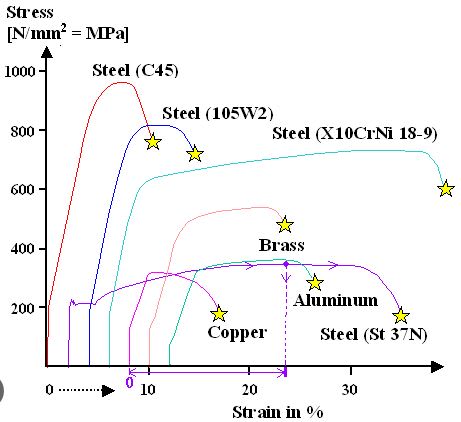Hey all,
I've been tasked with the structural design of some bronze (C38500) tubes. PE's I've worked under in the past have directed me to design bronze pretty much the same way as steel with the properties of bronze plugged into all of the equations but I'm having some trouble finding references to validate this approach, or really any resources that discuss structural design of bronze. Anyone here have any ideas?
The best I could find was some resources from the Copper Developement Association saying bronze is designed using the same equations as "steel or wood", which gives me pause since wood and steel do not use the same equations for determining capacity.
I've been tasked with the structural design of some bronze (C38500) tubes. PE's I've worked under in the past have directed me to design bronze pretty much the same way as steel with the properties of bronze plugged into all of the equations but I'm having some trouble finding references to validate this approach, or really any resources that discuss structural design of bronze. Anyone here have any ideas?
The best I could find was some resources from the Copper Developement Association saying bronze is designed using the same equations as "steel or wood", which gives me pause since wood and steel do not use the same equations for determining capacity.

